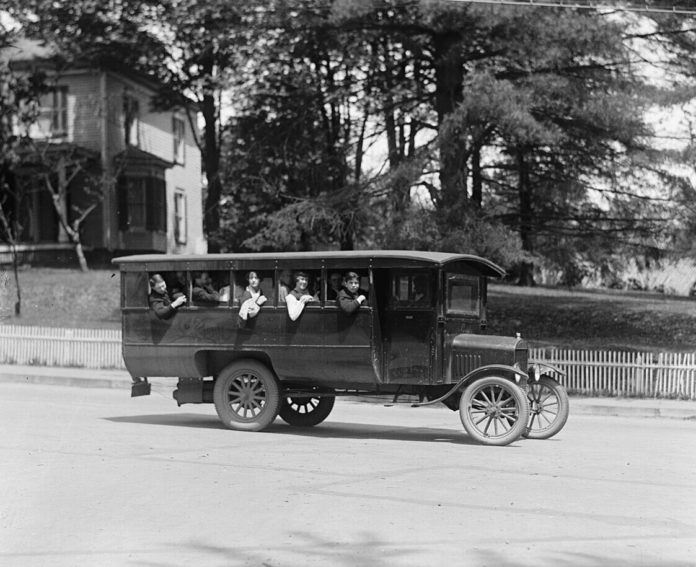
The agents of innovation may differ, but the industrial revolutions of modern history have one thing in common: rapid technological change that impacts how society functions.
The first industrial revolution — widely referred to as The Industrial Revolution — occurred at the end of the 18th Century. Led by Britain, it saw the emergence of mechanisation and the eventual demise of feudal, small-holding agriculture and cottage handicraft as the economic foundation of that country, and many others that would follow suit.
Inventions like the spinning jenny, a hand-powered yarn-producing machine, gave workers the ability to multiply their output and saw them conglomerate in factory settings. These innovations, coupled with the first coal-powered steam engines, gave birth to railroads, advanced metallurgy and caused the first en masse migration to cities.
A century later, at the end of the 1800s, the United States of America gave rise to the second industrial revolution through electricity, petroleum and the unprecedented mobility made possible by the combustion engine. The telegraph, and a short time later, the telephone, transformed communication, and a factory-based production model gave rise to a new means of capital structure, investment and research.
The third industrial revolution, this time not associated with any one country, was defined by electronics (most notably the microchip) and the boon in manufacturing that computer technology ushered in during the late 1960s. The marriage of computer science with mechanical engineering brought the efficiency of automation and redefined the world’s workforce.
Today, the fourth industrial revolution, often referred to as Industry 4.0, is well underway. This time, we are in the midst of a rapid technological transformation that blurs the line between humanity and the digital world. Digitalisation has become inseparable from the human experience, which means sweeping changes for every sector.
Family businesses will not only have to pivot to align themselves with the gears of progress; history tells us they will play a key role in driving the transformation, just as these family companies drove the industrial revolutions of the past.
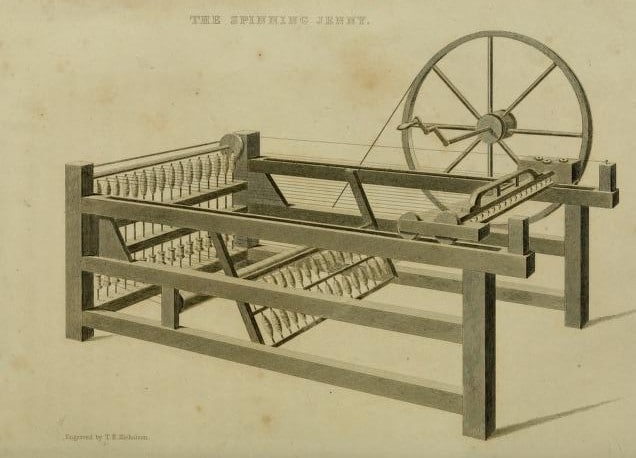
1765 – The First Industrial Revolution
Quarry Bank Mill
Britain’s textile industry was the first to benefit appreciably from the new technologies of the late-1700s — the first industrial revolution. Although not without the associated infamy of labour rights abuses, the textile industry’s advances in speed and yield, accelerated by the power loom, produced one of the country’s most successful commodities and exports.
A key contributor to Britain’s textile output was the Quarry Bank Mill1, located in Styal, England and founded by Samuel Greg and his wife Hannah in 1783. Unlike many other mills that specialised in one particular aspect of the textile creation process, Quarry Bank Mill performed the entirety of the process, turning raw cotton fibre into cloth.
The Greg family built an entire community around their mill to house workers, and in time, acquired several other textile businesses — a cotton empire. Samuel and Hannah’s son, Robert Hyde Greg, inherited the family business in 1834 and led it for nearly 40 years. Next, the business went to his son, Edward Hyde Greg and eventually his grandson, Robert Alexander Greg. Robert’s nephew, Alexander Carlton Greg, was the last member of the family to own the business, choosing to donate the mill and the surrounding village to Britain’s National Trust in 1939 after more than 150 years of operations.

Coalbrookdale Co.
Much of the commercial progress associated with the first industrial revolution was achieved through and literally built from Britain’s modern iron forging techniques. At the forefront of ironworking was Abraham Darby2, who pioneered using the purer coal fuel, coke, in the smelting of iron ore on an industrial scale. Abraham Darby’s third son, Abraham III, constructed the world’s first cast-iron bridge3, which is still in use today. The Darby family’s innovations and achievements helped stoke the world’s demand for iron in everything from ships and railways to household goods.
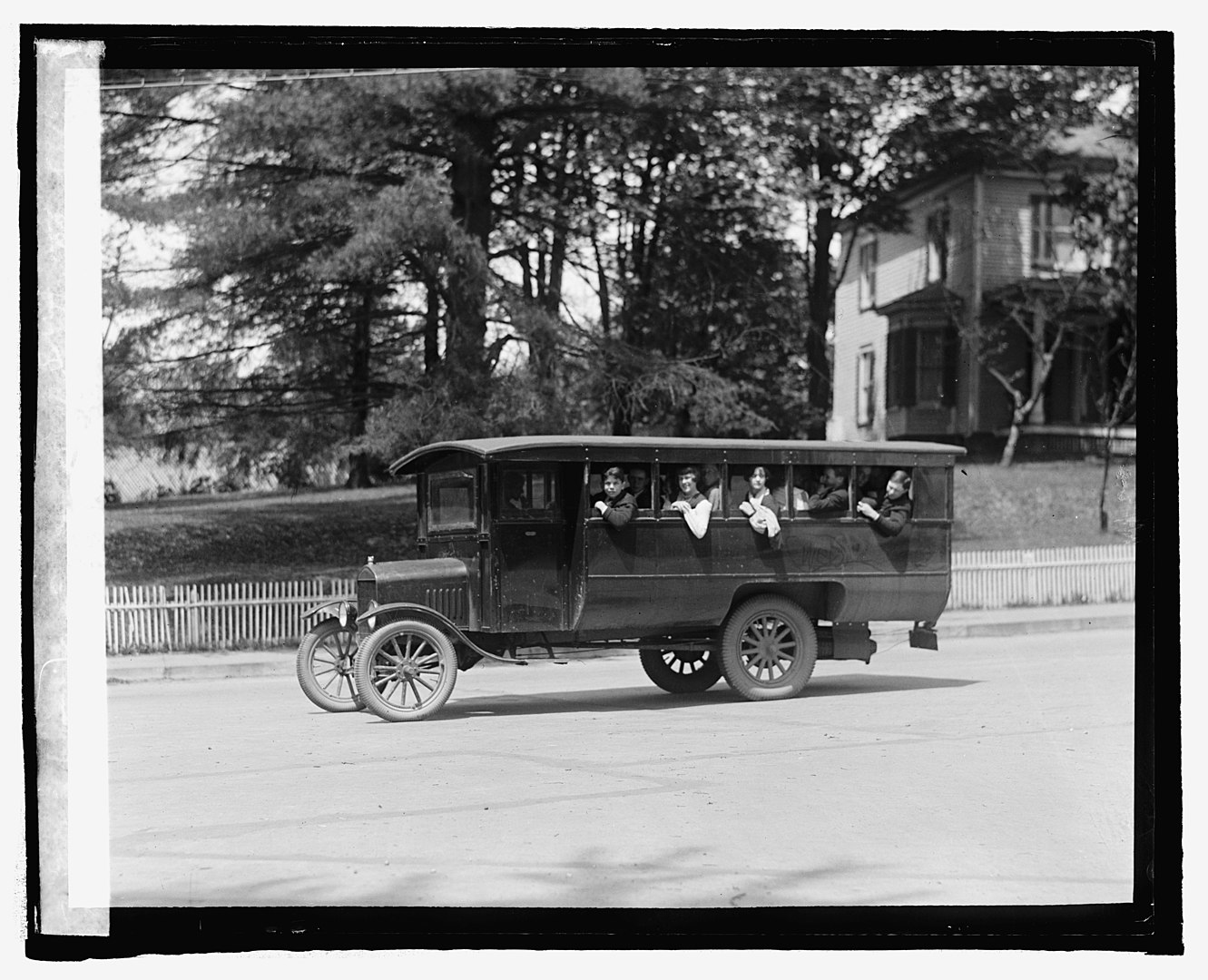
1870 – The Second Industrial Revolution
Ford Motor Company4
The American steel industry and its expansion led by business magnate Andrew Carnegie provided the framework for the second industrial revolution as well as the material Henry Ford5 would build his automobiles with.
As significant as Ford’s products would eventually become, it was his invention of the assembly line, based on the conveyer system used in slaughterhouses, that forever changed manufacturing methods worldwide, making the advantages of low cost, mass production possible.
Founded in 1903, the Ford Motor Company’s6 first offering was the Model A, which could travel at a speed of 30 miles per hour. But it was the Model T, available in 1908 and with an affordable $825 price point that transformed commerce forever. Today, the Ford family’s fifth-generation remains in control of one of the world’s most valuable brands, with annual sales of over $38 billion.
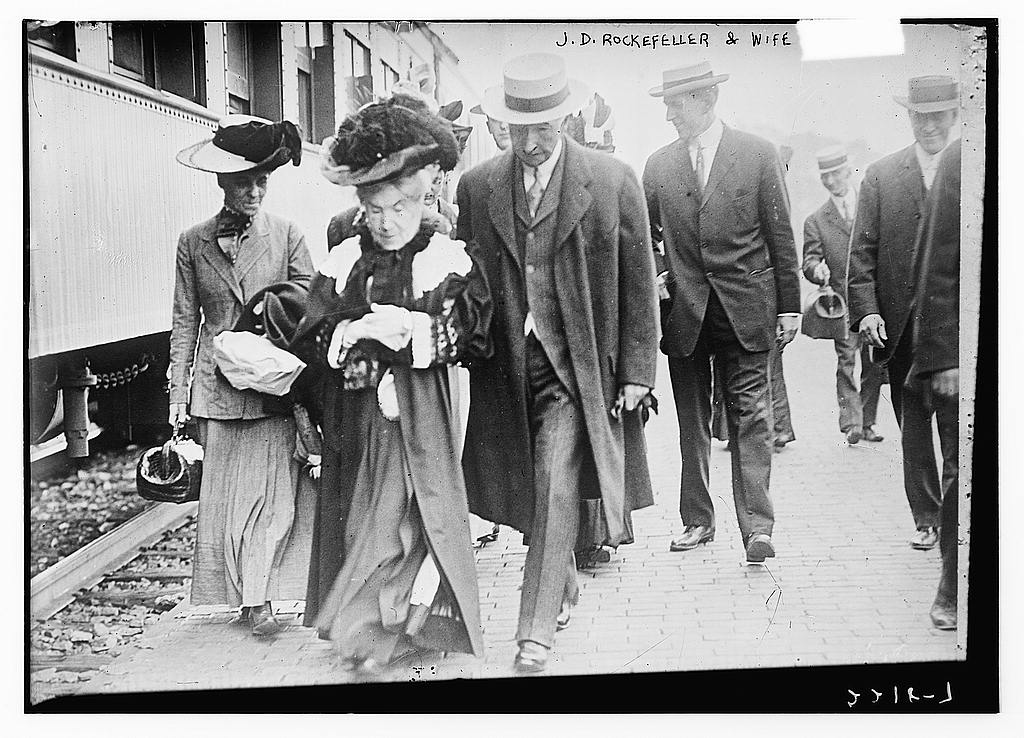
Standard Oil Company
The power source for the second industrial revolution’s automobiles, planes and electric generators was oil, much of it provided by the Rockefeller’s Standard Oil Company7. Founded in 1870 by John D Rockefeller, the Standard Oil Company would eventually control 90 per cent of America’s refineries and pipelines by the turn of the 20th Century.
With the aid of Rockefeller’s sons, William Avery Rockefeller, Jr. and John Davison Rockefeller, the family and Standard Oil achieved precipitous success8 in part due to their corporate innovation of interstate trusts. The Rockefeller’s business practices laid the groundwork for today’s holding companies and became the impetus for modern anti-trust regulations. The company was ordered to split in 1911 by the courts, and splintered into several subsidiaries.
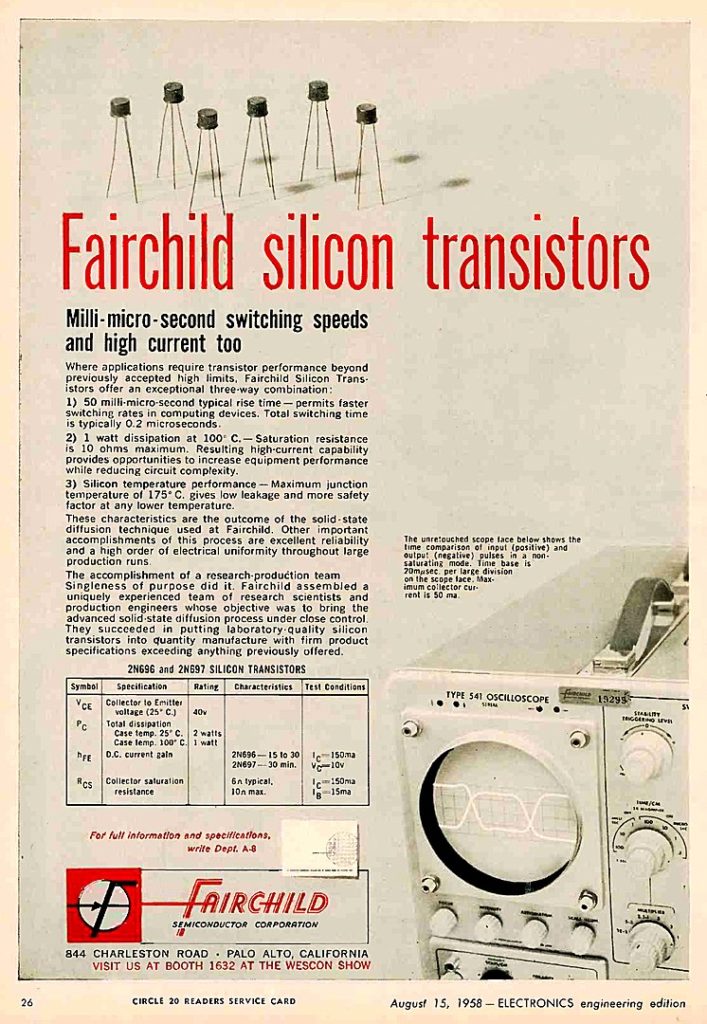
1969 – The Third Industrial Revolution
Fairchild Camera and Equipment Company
Electronics led the way in the third industrial revolution, reshaping industry and telecommunications and furthering the potential of computer technology. Originally founded as the Fairchild Aviation Corporation in 1927, Sherman Mills Fairchild9 expanded on an aerial photography company his father had built to include a wide range of airplanes, cameras, radar and x-ray equipment during the Second World War. Sherman’s father, George W. Fairchild, also had a hand in International Time Recording, which was one of the merged organisations that became the forerunner of IBM10 in 1911.
Sherman Fairchild eventually followed his father’s path at IBM, becoming one of the companies Directors, but not before dramatically altering the field of electronics with his own company’s development of the superconductor in 1957.
With the help of engineer and inventor Robert Noyce, Fairchild Semiconductor International, Inc. produced the modern transistors, integrated circuits and microchips that would make the era of automation and information possible. Sherman Fairchild remained active in the company until his death in 1971. Considered a Silicon Valley pioneer, Sherman Fairchild’s Semiconductor company was sold to National Semiconductor in 1987.

Dell Technologies
The broad availability of personal computers in the 1980s came as the PC Clone began to dominate the marketplace, representing a significant consumer shift from the more costly, proprietary devices offered by IBM. The ubiquity of computers in home and offices led to advances in productivity and the wide-scale adoption of the internet.
Michael Dell11 founded his namesake computer company12 in 1984, and through the success of its direct-to-consumer sales strategy, became the youngest CEO to head a Fortune 500 company in 1992. Not unlike Henry Ford’s transformation of the standard manufacturing model, nearly 100 years earlier, Dell reshaped the supply chain13 and assembly process for the personal computer.
The company would break new ground in e-commerce during 1996, setting record online sales for the period. Today, Michael Dell remains Dell Technology’s Chairman & CEO.
Sources
1 https://www.nationaltrust.org.uk/
2 https://www.english-heritage.org.uk/visit/places/iron-bridge/history/
3 https://www.thoughtco.com/abraham-darby-1991324
4 https://www.forbes.com/companies/ford-motor/#398e98451dfd
5 https://www.forbes.com/profile/ford/#7ffe985a2ae3
6 https://corporate.ford.com/homepage.html
7 https://www.history.com/topics/early-20th-century-us/john-d-rockefeller
8 https://ohiohistorycentral.org/w/Standard_Oil_Company
9 https://www.nytimes.com/1971/03/29/archives/sherman-mills-fairchild-is-dead-at-74-i-b-m-heir-invented-an-aerial/
10 https://www.ibm.com/ibm/history/
11 https://www.forbes.com/profile/michael-dell/#1088d9b16ce0
12 https://www.forbes.com/companies/dell-technologies/#5da9ad5694f2
13 https://learn.marsdd.com/article/case-study-dell-distribution-and-supply-chain-innovation/









